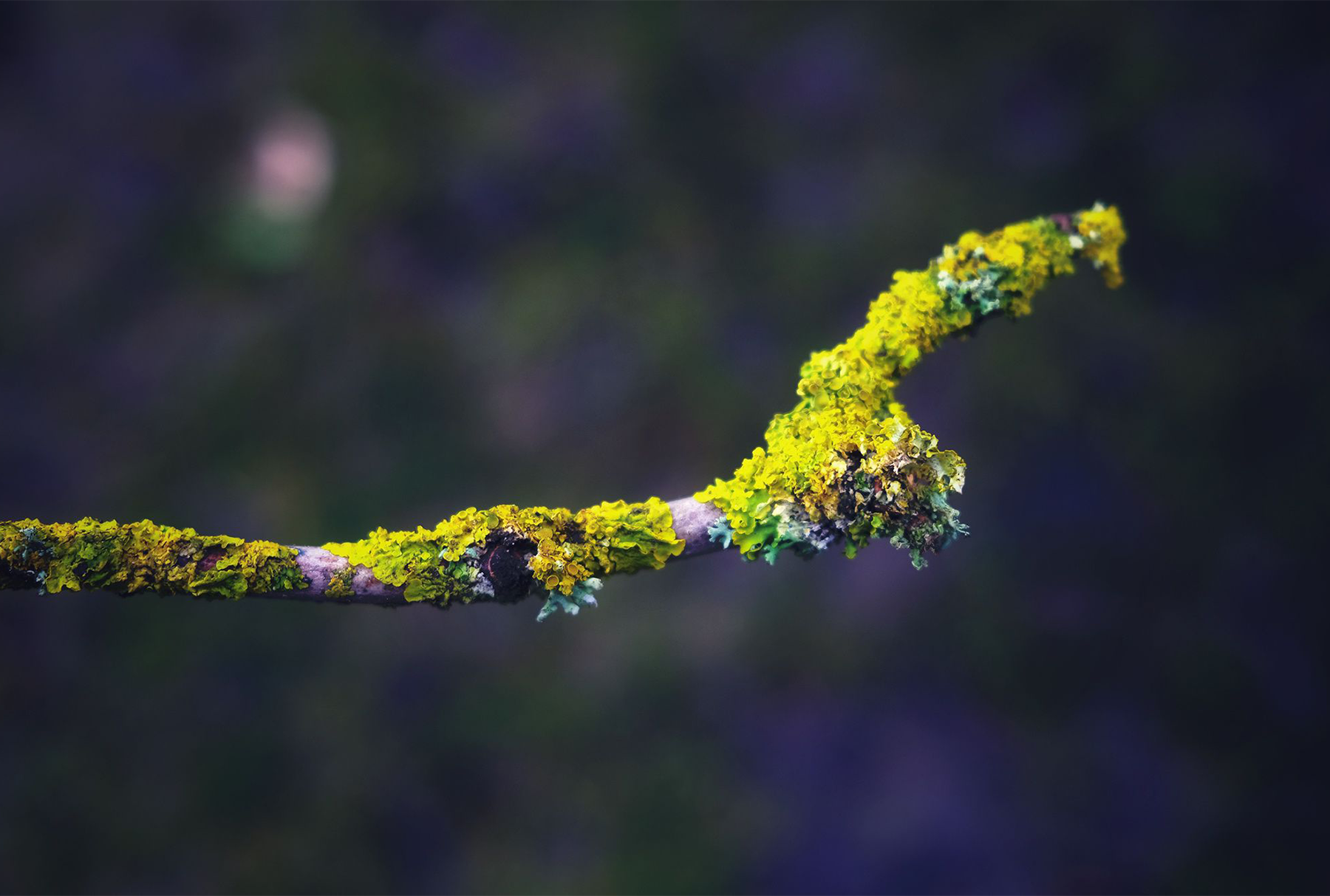Cultures and Places
Recognition of multiple cultures within and between landscapes, in human and other species. Landscapes understood to be places as well as to have places within them.
Theme Context:
Along with the recognition of multi-species interactions, we recognise multiple cultures within and between landscapes, both in human and other species. Landscapes are understood to be places as well as to have places within them.
Existing and Developing areas of Focus:
The complex issues of landscape cultures including decolonisation, security and governance, rights and justice, agri- and marine cultures. Landscapes as created by the mutual moulding of people and natural processes/species and therefore how landscapes reflect ecological, societal, cultural and political change and identities. Place-based thinking including historical and current thinking around sense of place and LCA / methods are the basis for landscape policy and practice. Innovative methodological approaches related to capturing understandings of intangible, unseen, ghost and forgotten landscape features and processes within policy and practice working with multiple disciplines and partners (e.g. artists, practitioners, local authorities, communities) to co-create new places/landscapes of relevance, justice and resilience.
Recent Relevant Funded Research:
- Foodscapes - Sustainable Seascape: Food & Folklore (Roe and Hocknell) HLF/NU. Value £45,008
- Choreopolitics in the Borderland (Veal), NU. Value £105,000
- Creative Securities on the US-Mexico Border (Veal) NU, Value: £13,800
- The Secret Life of Seaweed with People in the Seascape, NU (Roe and Veal) Value £8,874.86
Theme leads: Maggie Roe and Charlotte Veal
